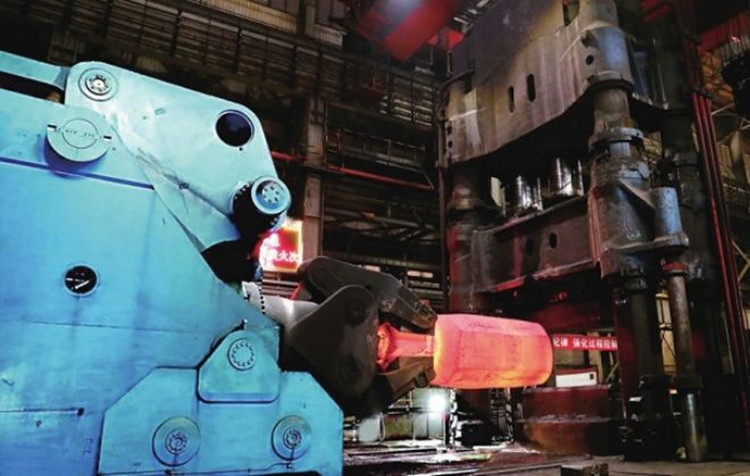- tyler@kirail.com
- +86 15603721115
Large forgings are generally used in key parts of large machinery. Due to the harsh working environment and complex and changeable forces, the quality requirements for large forgings in the production process are very high. Large forgings are directly forged from steel ingots.
In the production of large forgings, even with advanced metallurgical technology, microcracks, porosity, shrinkage, segregation and other defects are inevitably present inside the steel ingot, which seriously affect the quality of the forgings. In order to eliminate these defects and improve the quality of forgings, it is necessary to improve the forging process and select reasonable forging process parameters.

The forging of large forgings must not only meet the required shape and size of the parts, but also break the casting structure, refine the particles, make the structure uniform, forge the shrinkage, holes, looseness and other defects, and improve the intrinsic quality of the forgings. The larger the ingot size, the more serious the defects inside the ingot, and the more difficult it is to improve the defects by forging, which increases the difficulty of forging.
In the forging process, rolling and stretching are basic and indispensable processes. Tire mold forging is also commonly used to process forgings of special shapes.